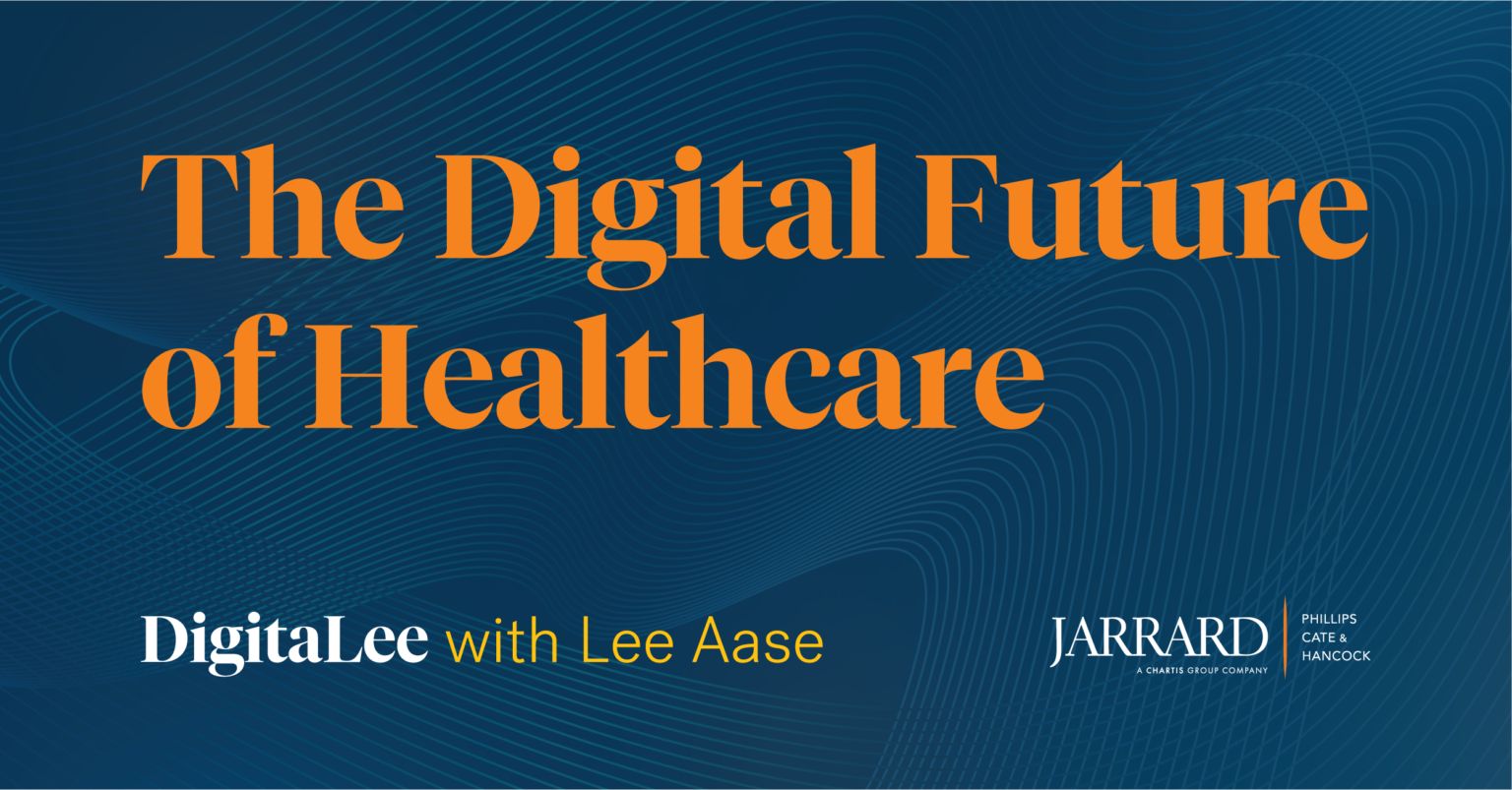
Note: This piece was originally published over the weekend in our Sunday newsletter. Want content like this delivered to your inbox before it hits our blog? Subscribe here.
The Big Story: UnitedHealth Posts Higher Quarterly Revenue, Raises Earnings Guidance
“The healthcare and health-insurance giant, the first industry heavyweight to report first-quarter results, posted double-digit revenue growth at both its Optum and UnitedHealth care units.”
Must be nice.
The State of Play
While insurance companies appear to be doing well, our hospitals are staring at some bleak Q1 numbers. Why? Well, consider that:
- COVID-19 relief funds are drying up.
- Patient volumes for many services are below pre-pandemic levels and may or may not recover in Q2.
- Demand for staff exceeds supply. When there’s not enough staff, some patients needing care can’t get it (feeding the problem above).
- The cost of the staff hospitals do have is through the roof and unsustainable.
- Inflation is clocking in at 8.5 percent. That’s producing multiple ripples. Cost-conscious patients may be reluctant to spend to get the care they need – especially for preventative care. And staff pay raises are unlikely to keep up with the cost of living, making retention all the more difficult.
What to do? A traditional response by health systems to these pressures would be to cut costs through layoffs or service closures.
- But many systems already cut services and staff deeply during the pandemic. Few today will let go of staff in such a competitive marketplace.
- The high cost of care is a barrier to all but the most urgent patient volumes. This only becomes more acute during periods or massive inflation, when, pound for pound, everything costs more – whether ground beef or gasoline or medical equipment.
One possible source of at least partial relief is renegotiated payer contracts. We’re hearing from more provider organizations in our network that they’re considering – or undertaking – new negotiations. Payers will likely respond aggressively, and with increasing tension between the two, patients are at risk of getting caught in the middle. And that’s never good.
However, some payers are willing to come to the table in recognition that we’re all in this together and the distinction between payer and provider is merging. Where those constructive conversations can take place, it serves as an example of the wider opportunity for partnerships of all stripes – which also include joint ventures with private equity back partners, shared-service alliances with other systems or outright sales for scale and financial stability.
For health system communicators, get ready for change. Again. Here’s how to brace for it:
- Be at the table. Find the time and the path to being part of the strategic conversations happening in your health system today, across executive leadership, operations, finance, legal and government relations.
- Know your story. In times of stress or change, leadership teams can have multiple stories they want to tell. The perspective of communications chiefs is invaluable to helping leadership stay focused on the core messages while maintaining the agility to respond to the changing environment.
- Be responsibly transparent. Times are still hard. Change will continue. Know that you will need to tell this difficult story and explain some hard truths to the community you serve. But it’s better that you tell the story first than letting someone else twist it for their own purposes.
- Have coffee with a reporter. Build relationships with local media as much as you can. Reporters these days often have wide mandates and cover a lot of topics. That means the nuance inherent to big issues facing the local hospital or health system isn’t always reflected in coverage. Be a year-round resource for local business reporters who may have a byline on the story about your next payer battle.
- Be ready for the fight. The stakes have increased, and payers are pushing hard. Provider organizations want to focus on delivering care, not arguing about money. But that, unfortunately, is necessary.
- Keep the conversation going. Whereas payers are constantly negotiating contracts – it’s their business model – any given hospital is only doing that every few years. Ensure your team is keeping an eye on trends, communicating to stakeholders about what you’re doing as an organization and updating your playbook for the next negotiation.
- Don’t accept a turnkey approach. Payers are working from a thick, and broadly consistent playbook. Still, every story, every negotiation, every community served looks a bit different. As payers are becoming increasingly aggressive, you need to ensure that your plan reflects your unique needs.
- Be grounded. Bring everything back to your mission, your calling and your duty to serve.
This piece was originally published over the weekend in our Sunday Quick Think newsletter. Fill out the form to get that in your inbox every week.



